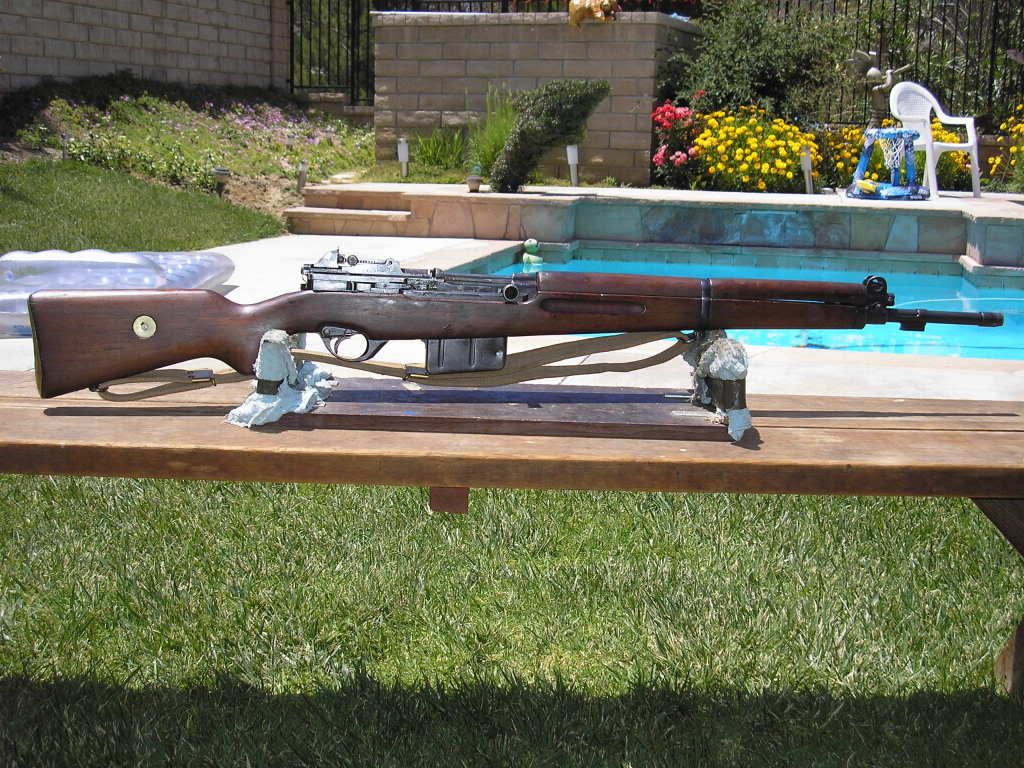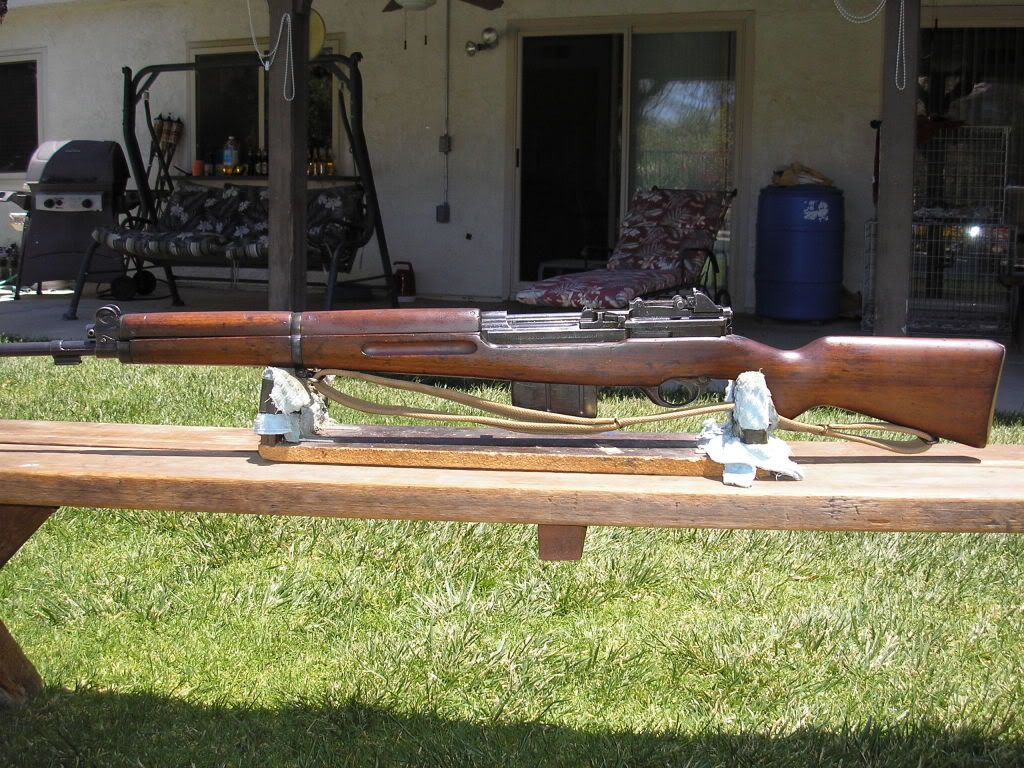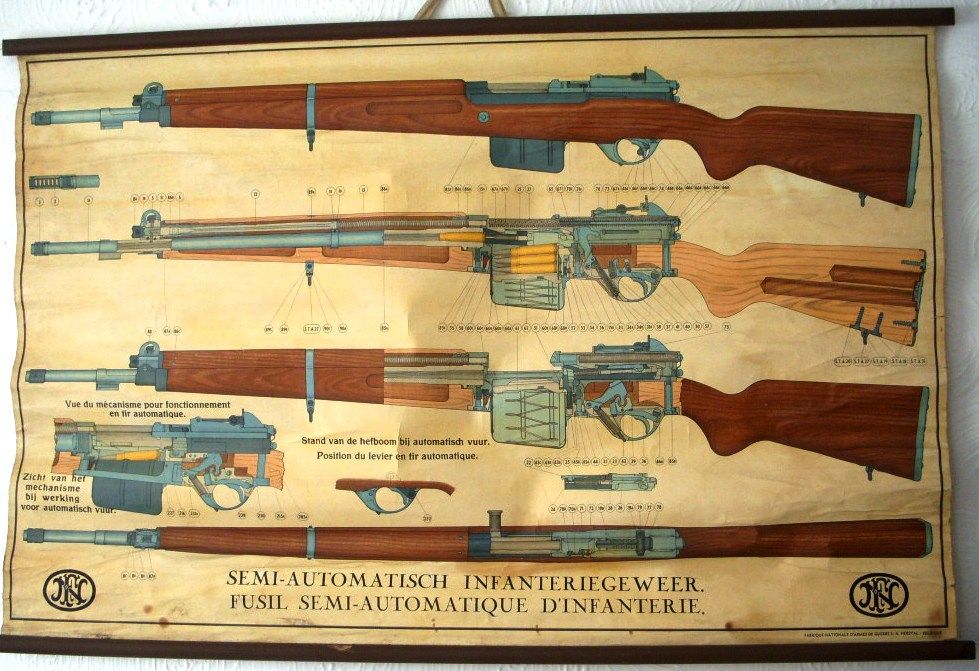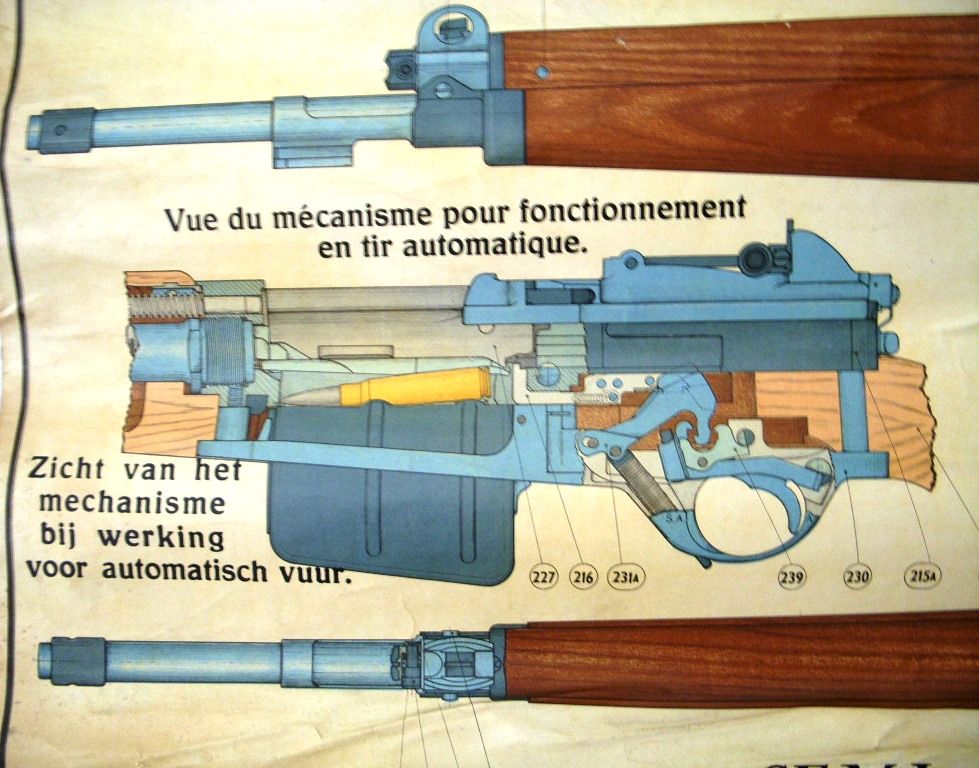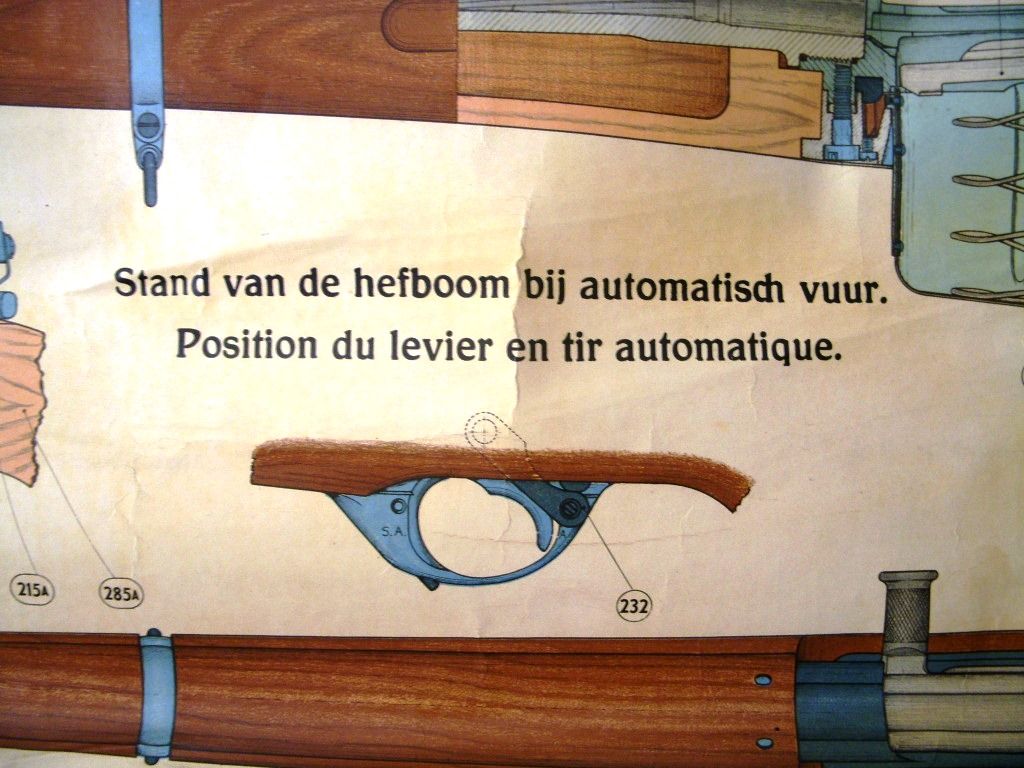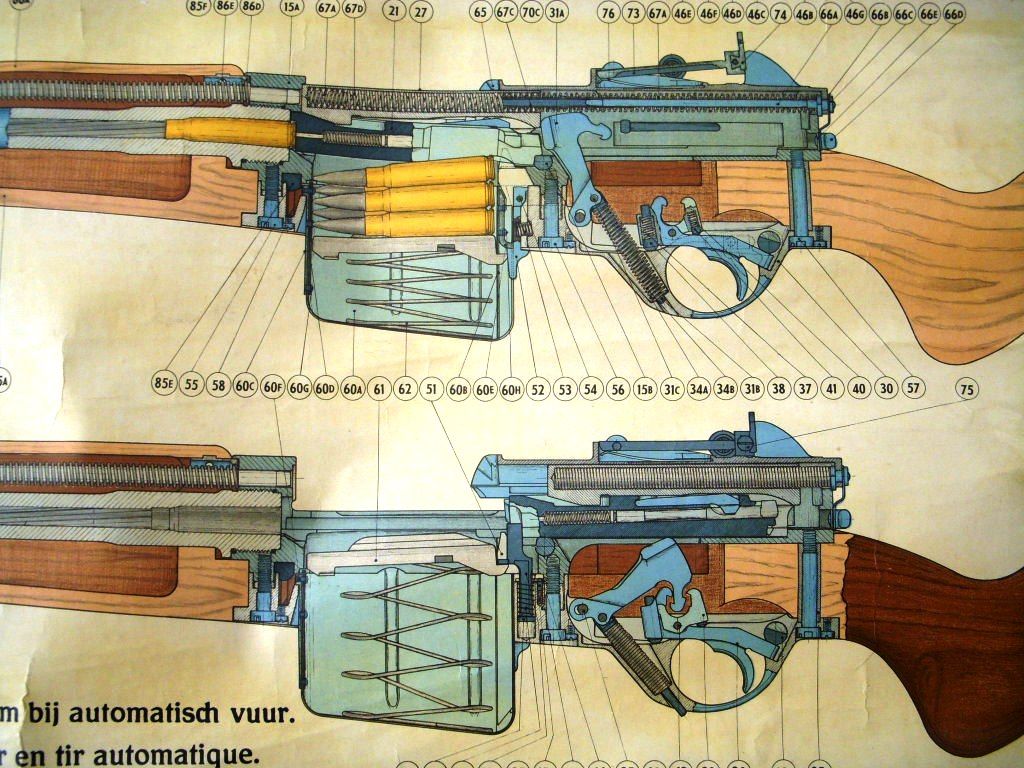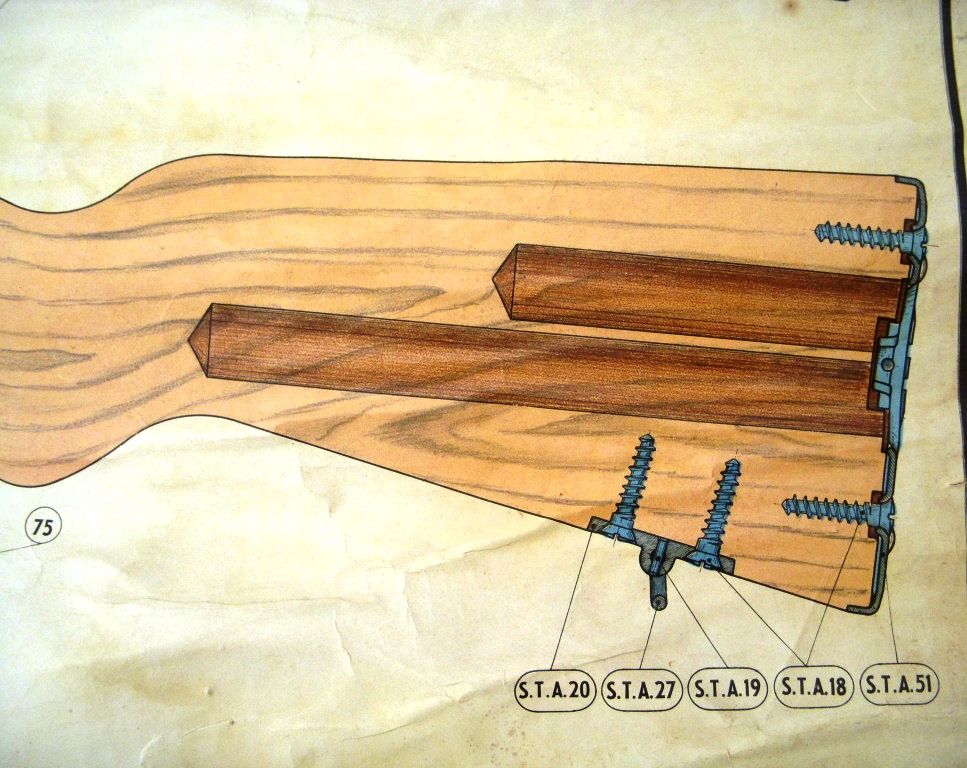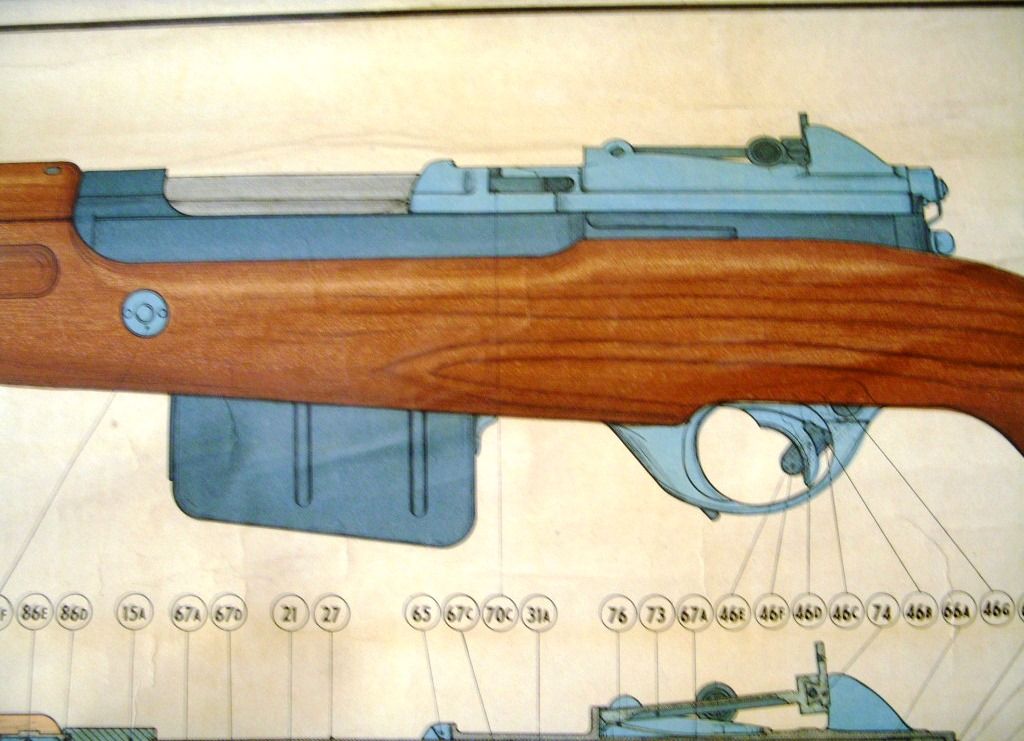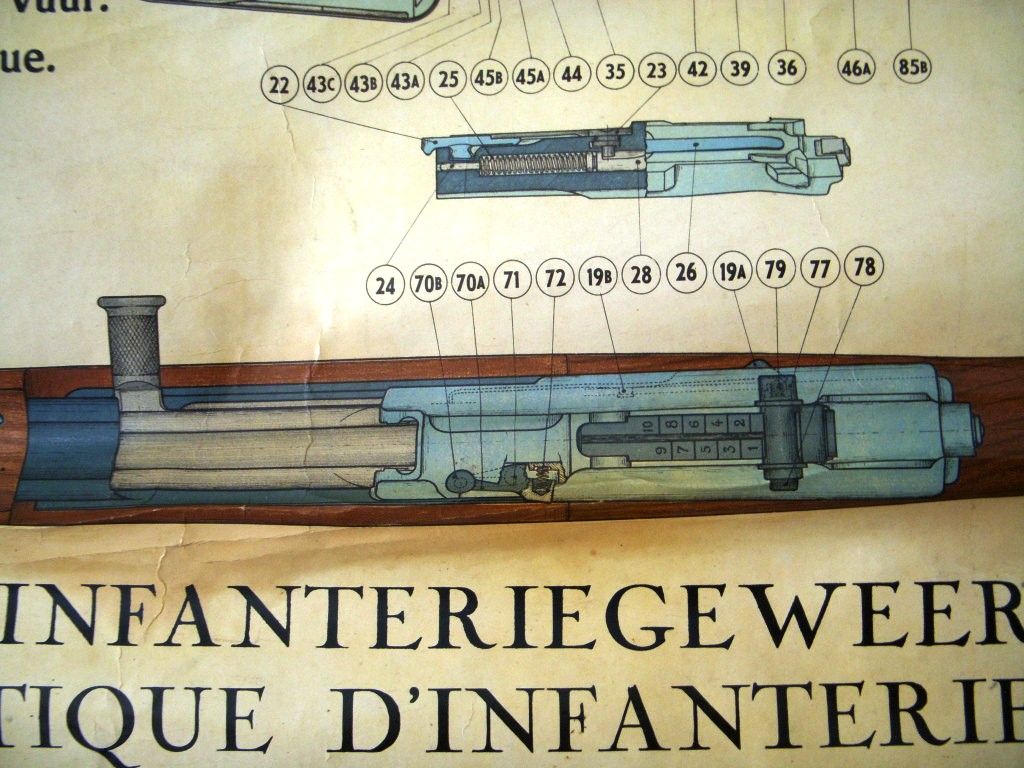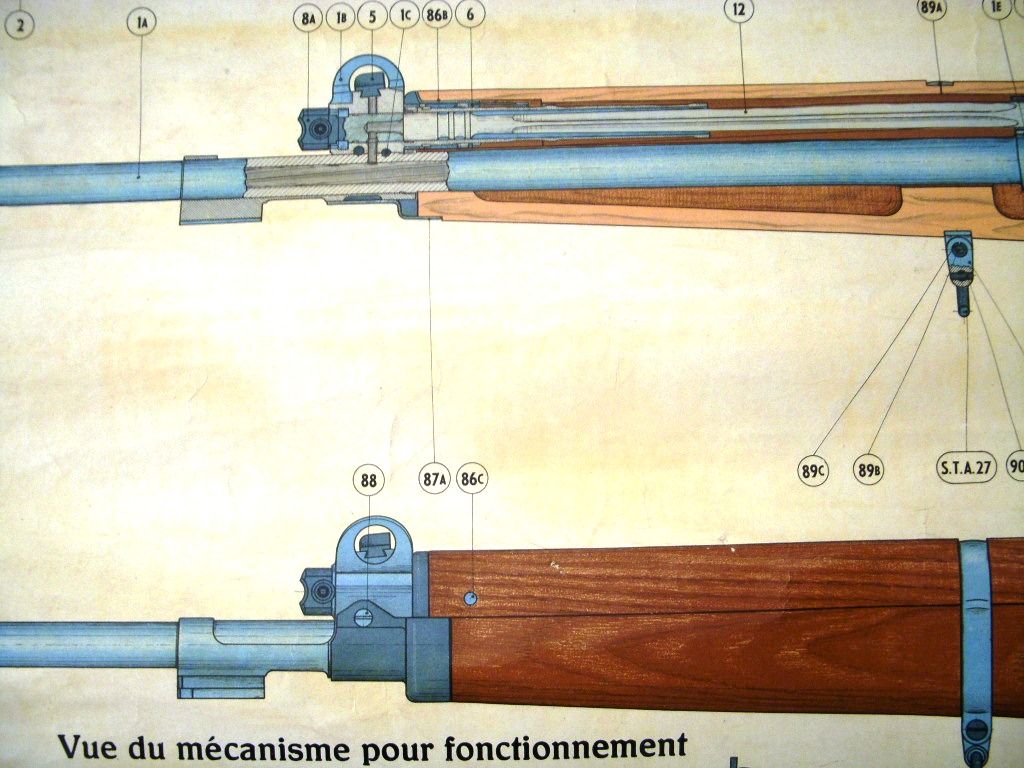Re: Mystery rifle in RM Museum
Posted: Thu Jun 06, 2013 12:16 pm
Too true. Though I meant pre-war. It seems everyone had the tech prior to WWII kicking off, which I believe is the technical term.
All people seeking membership must contact admin after registering to be validated.
https://www.full-bore.co.uk/
Tower75 wrote:
I've always found it odd that it was only the US who had na SLR as their primary infantry weapon. The technology was there.
All very true, the U.S. Army was issued M1 rifles prior to Pearl Harbor and some made it into combat. At one time I owned an M1 rifle in all original configuration made in December 1941. Two Army formations in the P.I. had M1 rifles prior to the invasion by Japan. The 26th Cavalry used M1 Rifles for the last U.S. cavalry charge in battle, charging against Japanese troops in a delaying action to allow the majority of the forces to retreat to Bataan. The other unit, the 31st infantry regiment also had M1 rifles. The biggest drawback for the users was that once the basic issue of clipped .30 M2 rounds was expended all .30 resupply was in 5 round clips intended for the 03, 1917, and BAR and those rounds had to be loaded into expended 8 rounds clips which were a steadily diminished quantity. The U.S. Marines used the 03 up through Guadalcanal and many Army troops waded ashore in North Africa with 03s and 03A3s. The only units that employed 1917s in combat were the Philippine forces. Too many of their 1917s suffered broken extractor and had to have the fired cartridge case poked out with a long stick before the next round could be loaded. Otherwise the 1917 was only used for training. It was interesting for me to learn from my father who was in the USAAF in WW2 that he never encountered an M1 rifle from 1942 to late 1945. M1 carbines existed in abundance as did 03s and 1928A1 Thompsons which tells me that the M1 rifle was always in short supply.Rearlugs wrote:Britain tested every single auto-rifle design that was available in the 1920s and 30s; at that time, none were suitable for issue for use to an army that was operating in every part of the globe. Britain extensively tested the Garand - it was also considered unsuitable, and in fact many of the features of the production M1 were based on British feedback.
The big driver was economics and military logistics: in the 1920s and 30s, there was no money for defence. When it was obvious in the 1930s that war was coming, the only sensible strategic choice was to stay with the existing manufacturing base and global stocks of .303", and to go ahead with a proven weapon that was fully modernised for mass production in a war economy - the No4. There would have been no capability to produce 4 million auto rifles, even if a design had been finalised. WW1 experience had demonstrated that even US manufacturing could not be relied upon to deliver quantity & quality in time (the P14 story).
It was fortunate that a pre-war commercial arrangement had left Britain with a well-developed light machine gun - the Bren - otherwise that weapon would have been missing from the inventory, and British forces would have made do with a lesser number of Lewis guns.
USA of course benefited from an extra two years' preparation time, and a massive inflow of military manufacturing investment from Britain. Even so, much of US forces had to go into WW2 with Springfields and M17s...
